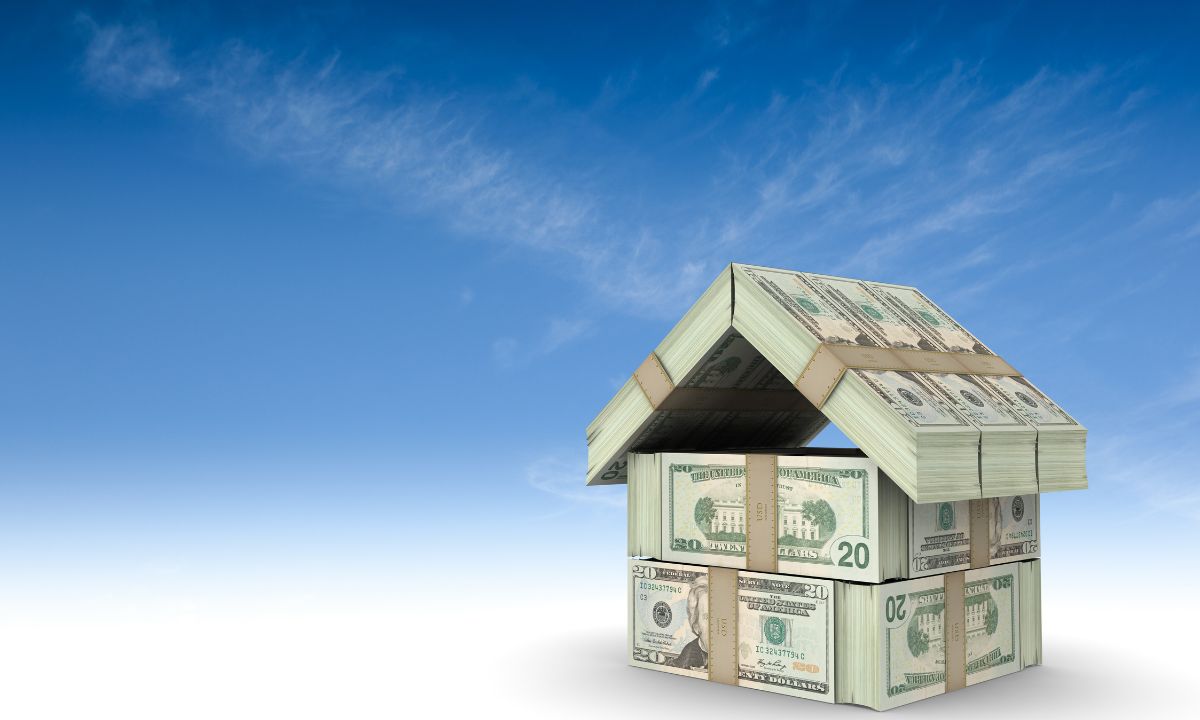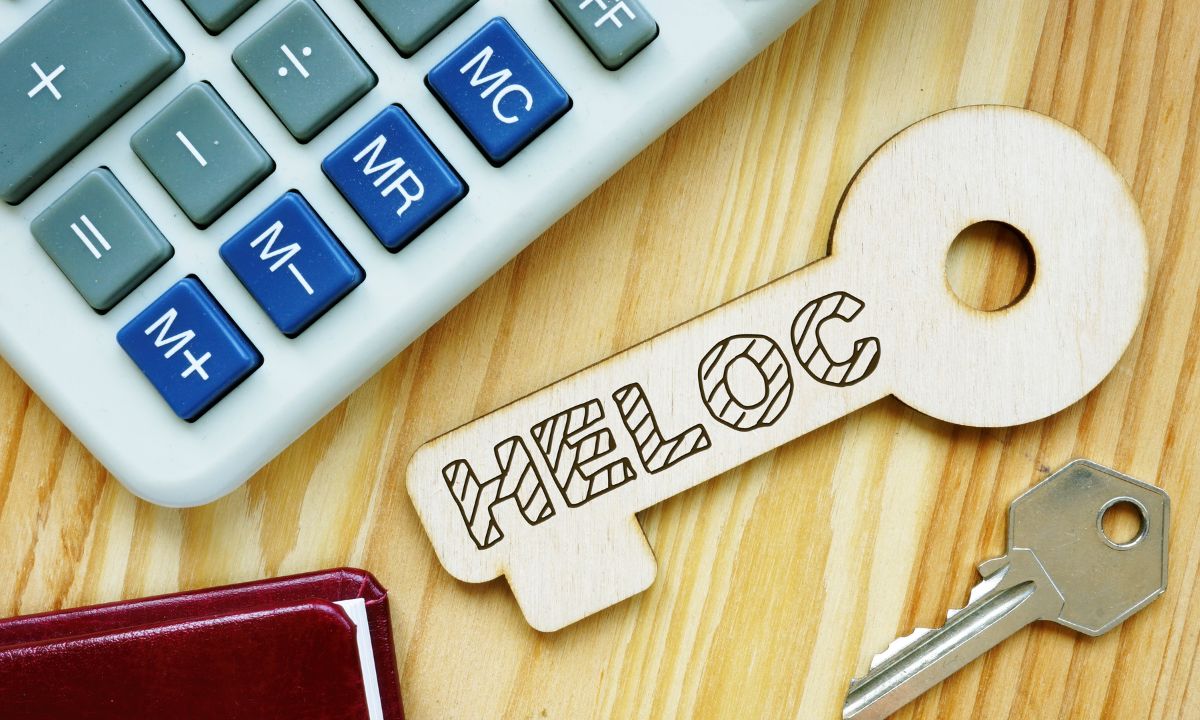How to Unlock Your Home’s Equity with a Cash-Out Refinance
 As a homeowner, you might be sitting on a valuable asset without even realizing it—your home equity. Tapping into this equity through a cash-out refinance can open up financial opportunities you hadn’t considered. Here’s how you can unlock your home’s equity with a cash-out refinance and what you need to know before diving in.
As a homeowner, you might be sitting on a valuable asset without even realizing it—your home equity. Tapping into this equity through a cash-out refinance can open up financial opportunities you hadn’t considered. Here’s how you can unlock your home’s equity with a cash-out refinance and what you need to know before diving in.
Understanding Cash-Out Refinance
First and foremost, a cash-out refinance involves replacing your existing mortgage with a new one, but with a larger loan amount. The difference between your old loan and the new loan is given to you in cash. This can be a strategic way to access significant funds, especially if your home’s value has increased over the years.
Assessing Your Home’s Equity
Before you proceed, it’s essential to determine how much equity you have in your home. Equity is calculated by subtracting your outstanding mortgage balance from the current market value of your home. For example, if your home is worth $500,000 and you owe $200,000, you have $300,000 in equity.
Benefits of Cash-Out Refinance
One of the primary advantages of a cash-out refinance is the ability to use the funds for a variety of purposes. You could:
- Renovate Your Home: Enhance your living space and potentially increase your home’s value.
- Consolidate Debt: Pay off high-interest debts, such as credit card balances, to streamline your finances.
- Invest in Education: Fund your or your child’s education for long-term benefits.
- Emergency Fund: Create a safety net for unexpected expenses.
The Process
- Evaluate Your Goals: Determine why you need the funds and how much you need.
- Check Your Credit Score: A higher credit score can secure better interest rates.
- Consult a Mortgage Originator: Work with a professional to explore your options and understand the terms.
- Appraisal: An appraisal will be conducted to assess your home’s current market value.
- Underwriting: Your financial profile will be evaluated to ensure you qualify for the new loan.
- Closing: Once approved, you’ll close on the new mortgage, and the cash-out amount will be disbursed.
Considerations and Risks
While a cash-out refinance can be advantageous, it’s crucial to consider the risks. You’re increasing your mortgage debt and potentially extending the term of your loan. Additionally, if property values decline, you could owe more than your home is worth. Always weigh the pros and cons and consult with a mortgage professional to make an informed decision.
Unlocking your home’s equity with a cash-out refinance can provide you with the financial flexibility to achieve various goals. By understanding the process and potential benefits, you can make a decision that aligns with your long-term financial plans. Always work with a trusted mortgage originator to guide you through the complexities and help you make the best choice for your situation.

 Refinancing your mortgage can be a smart financial move, offering potential savings, access to cash, or improved loan terms. With various refinancing options available, it’s essential to understand what each type entails to make an informed decision. Let’s look into five popular types of refinance loans: Rate and Term Refinance, Cash-Out Refinance, Cash-In Refinance, Home Affordable Refinance Program (HARP), and Short Refinance.
Refinancing your mortgage can be a smart financial move, offering potential savings, access to cash, or improved loan terms. With various refinancing options available, it’s essential to understand what each type entails to make an informed decision. Let’s look into five popular types of refinance loans: Rate and Term Refinance, Cash-Out Refinance, Cash-In Refinance, Home Affordable Refinance Program (HARP), and Short Refinance. As a homeowner, tapping into your home equity can be a strategic financial move. Whether you’re renovating your house, consolidating debt, or covering major expenses, two popular options stand out: home equity loans and home equity lines of credit (HELOCs). Understanding the differences between these two can help you make an informed decision that best suits your needs and financial goals.
As a homeowner, tapping into your home equity can be a strategic financial move. Whether you’re renovating your house, consolidating debt, or covering major expenses, two popular options stand out: home equity loans and home equity lines of credit (HELOCs). Understanding the differences between these two can help you make an informed decision that best suits your needs and financial goals.